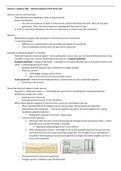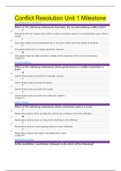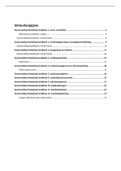Samenvatting
Summary Lecture notes The Adaptive Brain 2022/2023 (minor Neurosciences)
- Instelling
- Vrije Universiteit Amsterdam (VU)
The summary contains everything from the lectures and also the pictures from the powerpoint! Goodluck with studying
[Meer zien]













